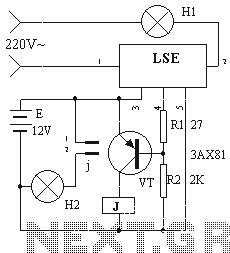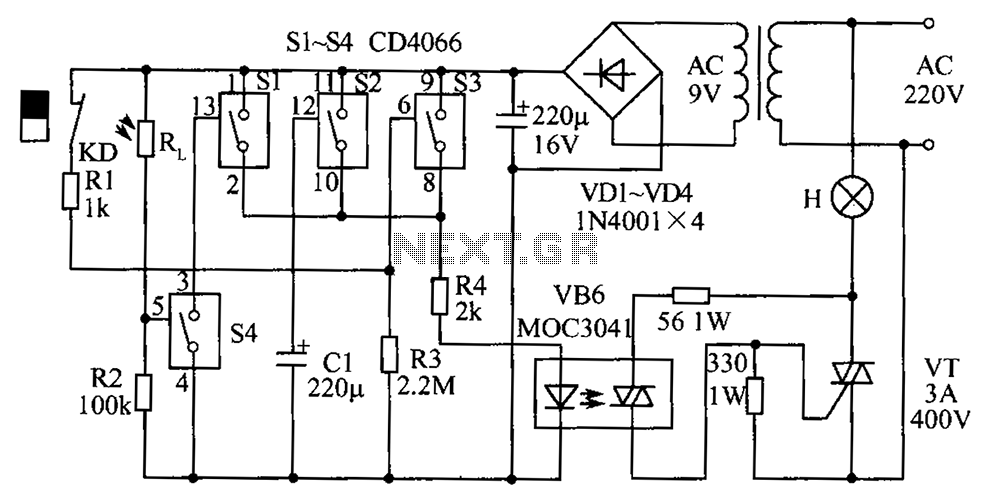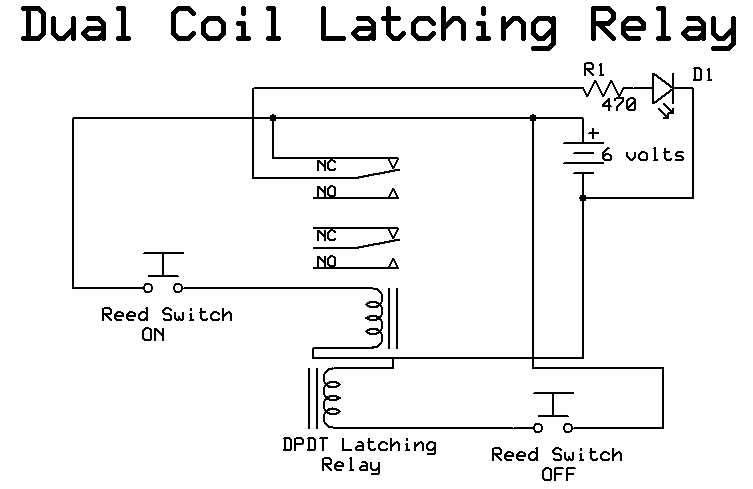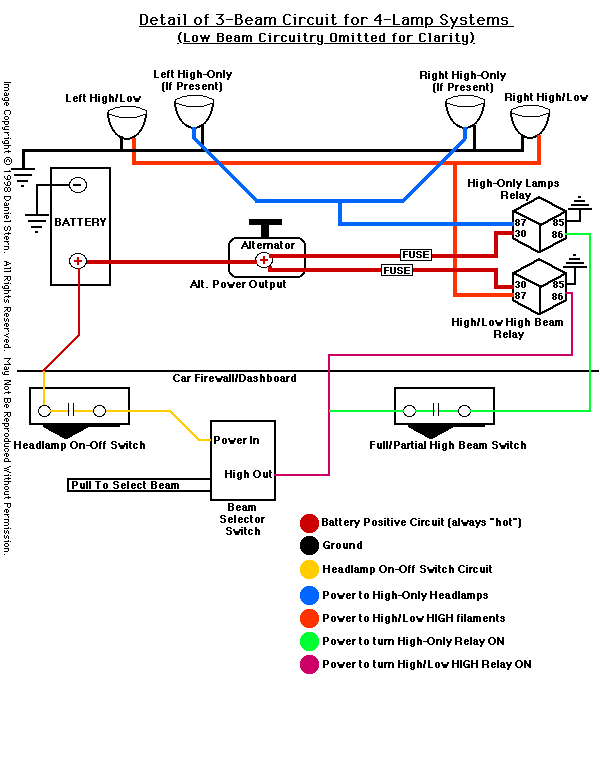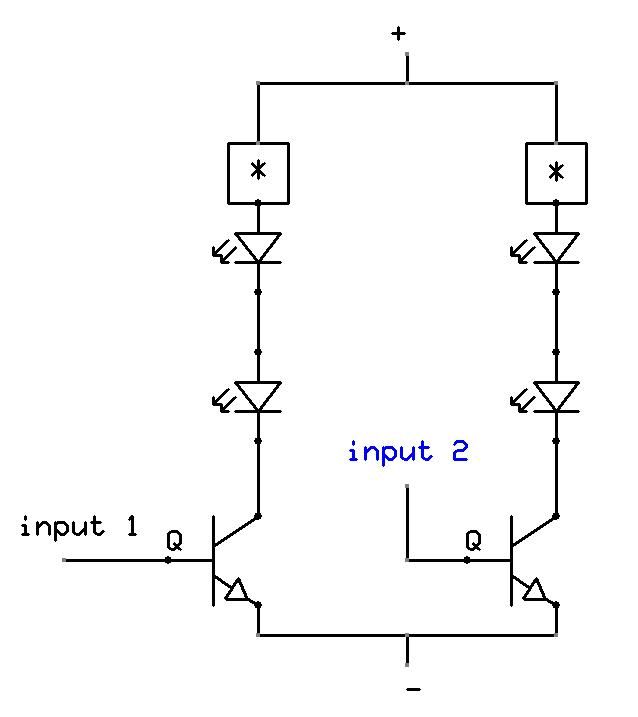
lighting leds

For optimal lifespan, it is recommended to operate LEDs at 20-25 milliamps (mA). However, in certain LED flashlight conversions, including many commercial LED flashlights, the LEDs are often driven at 50-60 mA, which is twice the rated current. Testing has shown that one LED operated at 98 mA for over 200 hours without significant damage or light loss. Therefore, experimentation with higher than rated currents is possible, albeit at the risk of reduced longevity. A flashlight bulb with a lifespan of 100 hours represents a considerable improvement and cost efficiency over incandescent alternatives, which typically last only 15-20 hours before failure. It is essential to implement a method for limiting current to LED strings. The simplest approach is to use the appropriate number of LEDs based on the supply voltage. Each white LED has a voltage drop of 3.6 volts. For instance, in a 115-volt DC light, 32 white LEDs can be connected in series (115 / 3.6 = 32 +/-) without additional current limiting, as their inherent voltage drop will manage the current. However, designing a reliable 115VAC home LED lighting fixture involves addressing various circuit design considerations. Resources for further information on LED lighting circuits are available online. Reverse polarity typically will not damage an LED unless the voltage is excessively high; the LED will simply not function. It is advisable to verify the manufacturer's specifications for the specific LEDs used, as some newer models may be susceptible to damage from relatively low reverse voltages. The LED package is typically marked to indicate polarity. Another straightforward method for current limiting is to use a resistor. While resistors consume power, they are often necessary since an ideal 3.6-volt source is rarely available. Ohm's Law (Resistance (R) = Voltage (E) / Current (I)) can be applied to calculate the required resistor value and wattage: (R = E / I). For example, with a 12-volt supply, a maximum of 3 white LEDs can be connected in series at full power (3.6 x 3 = 10.8 volts drop). The remaining voltage that needs to be dropped is calculated by subtracting the total LED voltage drop from the supply voltage (12 - 10.8 = 1.2 volts). Therefore, the additional voltage drop required is 1.2 volts / 0.025 amps (25 mA) = 48 ohms. The next highest available resistor value, 50 ohms, should be used. It is also crucial to ensure that the resistor can handle the required current. The power rating of the resistor can be calculated using Volts x Amps = Watts; resistors are rated in watts. In this case, 1.2 volts x 0.025 amps = 0.03 watts. A 1/4 watt resistor would suffice, but if a second string of 3 LEDs is connected in parallel, each string will require its own 50-ohm resistor. It is important that each string has an individual resistor, as connecting multiple strings in parallel with a single resistor is not advisable. This method is cost-effective and effective, but it is important to consider voltage variances.
LED lighting circuits are commonly employed in various applications, including residential, commercial, and automotive lighting. In designing an LED circuit, careful attention must be paid to the power supply voltage, the number of LEDs in series, and the current limiting method to ensure the longevity and reliability of the LEDs. For instance, when designing a circuit for a 12-volt battery-operated system, using three LEDs in series with a 50-ohm resistor ensures that the voltage drop across the LEDs and the resistor is managed effectively.
In higher voltage applications, such as 115VAC, additional considerations must include the use of rectifiers to convert AC to DC, filtering capacitors to smooth out the output, and possibly a switching regulator to maintain a constant current through the LEDs. It is essential to ensure that all components are rated appropriately for the voltages and currents involved, including the use of heat sinks for high-power applications to dissipate excess heat generated by the LEDs and resistors.
Overall, a thorough understanding of LED characteristics, circuit design principles, and safety measures is critical for the successful implementation of LED lighting systems.For longest life, we recommend you run them at 20-25 milliamps (ma). HOWEVER, in our LED flashlight conversions (and many commercial LED flashlights), the LEDs are run at 50-60ma, twice the rated current. One of our test LEDs ran at 98ma for over 200 hours without damage or appreciable light loss. So go ahead and experiment with running them at over rated current if you are willing to take the risk of a shorter life. In my opinion, a flashlight bulb that lasts 100 hours is a huge improvement and cost saver over the incandescent alternative which gives only 15-20 hours before it dies. You must use some method of limiting current to your strings of LEDs. The easiest is simply using the right number of LEDs for your supply voltage. Each white LED gives a voltage drop of 3. 6 volts. So, for a 115 volt DC light, you could use 32 white LEDs in series (115 / 3. 6 = 32 +/-) with NO current limiting (they will limit themselves by their inherent voltage drop). In reality, though, there are many other circuit design issues you need to look at to build a reliable 115VAC home LED lighting fixture!
We link to a few resources farther down on this page, and you can always Google up `LED lighting circuits` for more information. Reverse polarity will not damage an LED unless the voltage is very high-it simply will not work, and will not pass current through.
However, be sure to check the manufacturer`s rating for the specific LEDs you are using-there are some out there, particularly the latest models, that can be damaged by relatively low reverse voltages. The diagram below shows how the LED package is marked for polarity. The next easiest is a simple resistor. The resistor does consume power, though, but is usually needed since an `ideal` 3. 6 volt source is rarely available. Use Ohms law (Resistance(R)=Voltage(E)/Current(I) to calculate the value and wattage needed: (R=E/I) Each white LED gives a voltage drop of 3.
6 volts. As an example, for a 12 volt light, you can run a maximum of 3 white LEDs in series at full power (3. 6 x 3 = 10. 8 volts drop). Subtract this from your supply voltage of 12 volts to get the additional voltage that must be dropped (in this case, 12 - 10.
8 = 1. 2 volts of additional drop needed). In this case, 1. 2 volts of additional drop /. 025 amps (25 ma) = 48 ohms. Use the next highest value of resistor available, 50 ohms. You must also be sure the resistor can handle enough current. Volts x Amps = Watts; resistors are rated in watts. So in this case, 1. 2 volts x. 025 amps = 0. 03 watts. A 1/4 watt resistor will work fine, but if you run a second string of 3 LEDs in parallel, each string would need its own 50 ohm resistor. It`s important that each string has its own resistor. putting them in parallel with a single resistor is bad practice. This method is cheap and works great, but there`s one problem-voltages in 🔗 External reference
LED lighting circuits are commonly employed in various applications, including residential, commercial, and automotive lighting. In designing an LED circuit, careful attention must be paid to the power supply voltage, the number of LEDs in series, and the current limiting method to ensure the longevity and reliability of the LEDs. For instance, when designing a circuit for a 12-volt battery-operated system, using three LEDs in series with a 50-ohm resistor ensures that the voltage drop across the LEDs and the resistor is managed effectively.
In higher voltage applications, such as 115VAC, additional considerations must include the use of rectifiers to convert AC to DC, filtering capacitors to smooth out the output, and possibly a switching regulator to maintain a constant current through the LEDs. It is essential to ensure that all components are rated appropriately for the voltages and currents involved, including the use of heat sinks for high-power applications to dissipate excess heat generated by the LEDs and resistors.
Overall, a thorough understanding of LED characteristics, circuit design principles, and safety measures is critical for the successful implementation of LED lighting systems.For longest life, we recommend you run them at 20-25 milliamps (ma). HOWEVER, in our LED flashlight conversions (and many commercial LED flashlights), the LEDs are run at 50-60ma, twice the rated current. One of our test LEDs ran at 98ma for over 200 hours without damage or appreciable light loss. So go ahead and experiment with running them at over rated current if you are willing to take the risk of a shorter life. In my opinion, a flashlight bulb that lasts 100 hours is a huge improvement and cost saver over the incandescent alternative which gives only 15-20 hours before it dies. You must use some method of limiting current to your strings of LEDs. The easiest is simply using the right number of LEDs for your supply voltage. Each white LED gives a voltage drop of 3. 6 volts. So, for a 115 volt DC light, you could use 32 white LEDs in series (115 / 3. 6 = 32 +/-) with NO current limiting (they will limit themselves by their inherent voltage drop). In reality, though, there are many other circuit design issues you need to look at to build a reliable 115VAC home LED lighting fixture!
We link to a few resources farther down on this page, and you can always Google up `LED lighting circuits` for more information. Reverse polarity will not damage an LED unless the voltage is very high-it simply will not work, and will not pass current through.
However, be sure to check the manufacturer`s rating for the specific LEDs you are using-there are some out there, particularly the latest models, that can be damaged by relatively low reverse voltages. The diagram below shows how the LED package is marked for polarity. The next easiest is a simple resistor. The resistor does consume power, though, but is usually needed since an `ideal` 3. 6 volt source is rarely available. Use Ohms law (Resistance(R)=Voltage(E)/Current(I) to calculate the value and wattage needed: (R=E/I) Each white LED gives a voltage drop of 3.
6 volts. As an example, for a 12 volt light, you can run a maximum of 3 white LEDs in series at full power (3. 6 x 3 = 10. 8 volts drop). Subtract this from your supply voltage of 12 volts to get the additional voltage that must be dropped (in this case, 12 - 10.
8 = 1. 2 volts of additional drop needed). In this case, 1. 2 volts of additional drop /. 025 amps (25 ma) = 48 ohms. Use the next highest value of resistor available, 50 ohms. You must also be sure the resistor can handle enough current. Volts x Amps = Watts; resistors are rated in watts. So in this case, 1. 2 volts x. 025 amps = 0. 03 watts. A 1/4 watt resistor will work fine, but if you run a second string of 3 LEDs in parallel, each string would need its own 50 ohm resistor. It`s important that each string has its own resistor. putting them in parallel with a single resistor is bad practice. This method is cheap and works great, but there`s one problem-voltages in 🔗 External reference
